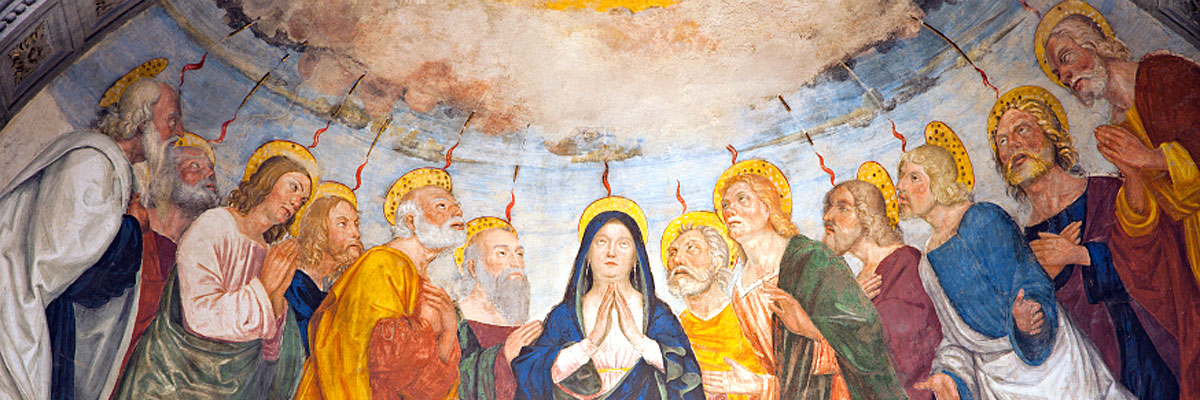
Understanding Our Church
A Treasury of Arkansas Writers Discussing the Catholic Faith
Official Website of the
Catholic Diocese of Little Rock
Saints across the millennia: Friends of Christ and our allies in prayer
Published: November 2, 2002
By Jerre Roberts
As a child, the first creed of the Church that I learned was the Apostles’ Creed. My understanding was rather shallow, as would be expected of a 7 year old preparing for her first Communion, but there was one image in the prayer that fired my imagination. That was the communion of saints. Sister Rita, my second-grade teacher, had a great love for the saints and she was determined that her young charges would have an equal devotion to our holy ancestors in faith.
Every day after lunch, she would tell us a story of one of these amazing friends of Jesus and remind us that these holy people cared about us and prayed on our behalf to God. According to Catholic theology, a saint is any soul who resides in heaven. Yet to use the title “Saint” before someone’s name (such as St. Peter or St. Teresa) is another matter. That title can be used only for an elite group.
The American Heritage Dictionary defines a saint as a “person officially recognized by the Roman Catholic Church and certain other Christian churches as being entitled to public veneration.” The first to be recognized as saints were the martyrs: those who had died a heroic death defending their faith. Also honored in the early Church were the virgins. And there were the confessors, who although they did not die for their faith, often suffered for their unwavering decision to follow Christ.
Saints sought to imitate Christ with their lives. They walked toward God in a variety of ways. They came from every walk of life, from peasants to kings. From every race, every nationality, every state in life — all are represented. In the early days of the Church, saints were created by popular consensus and the approval of the bishop of the diocese.
Saints were those people who had earned the respect of their local communities and who were honored after their deaths by the people who knew them best. Until the end of the 10th century the power of decision rested almost entirely in the hands of the bishops. At that time it became a usual custom to seek the pope’s agreement. But by the Middle Ages, the number of saints grew to unmanageable proportions and the Church stepped in.
During the time of Alexander III in the 12th century, the Church decreed that only it could decide who was worthy of being called a saint. Because the saints lived in the hearts of the people and were regarded as their patrons and protectors, legends of all kinds gathered around their names. Enthusiastic storytellers often embroidered the real incidents of their lives and details were added to fill in the gaps.
Folktales were sometimes added to their traditions, as in the case of St. George and his dragon. Hagiographers, anxious to glorify their heroes, often included these events. We can forgive their exaggerations and fantasies because for the most part these were blinded by their love for the saint. By written word and oral tradition, the great saints of the early years became part of our Catholic heritage.
Their stories were told again and again for entertainment and edification. Their feasts were celebrated as local and national holidays. We don’t pray to the saints; we pray with them. When we ally ourselves with the saints, we lessen the force of evil in the world. This prayer can bring about positive changes in our lives. True stories of saints and how they touch our lives can play an important part in our spiritual lives.



